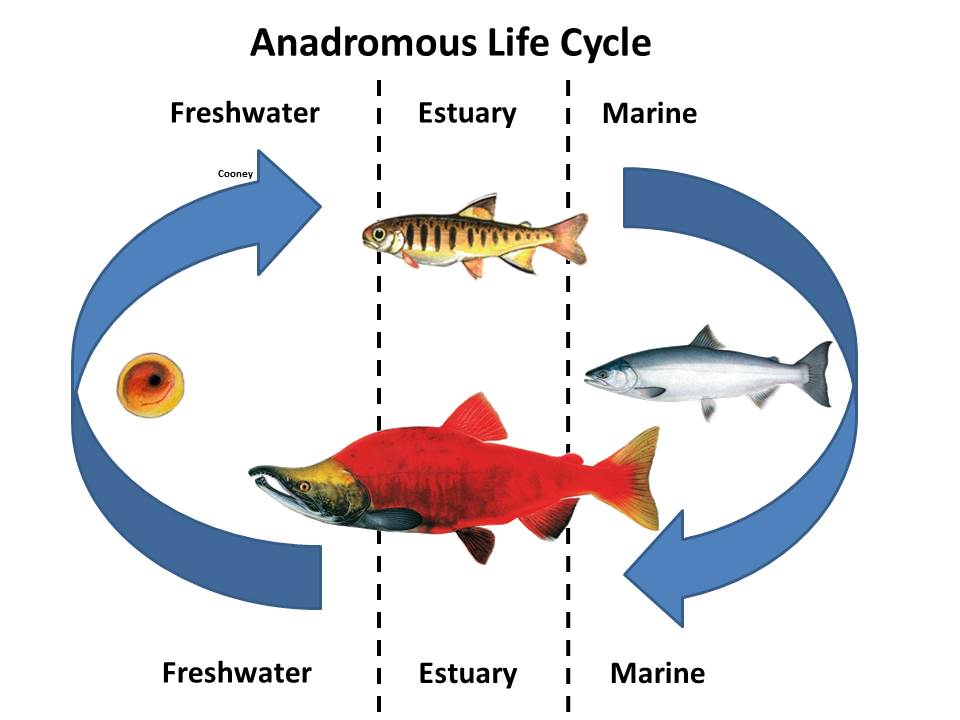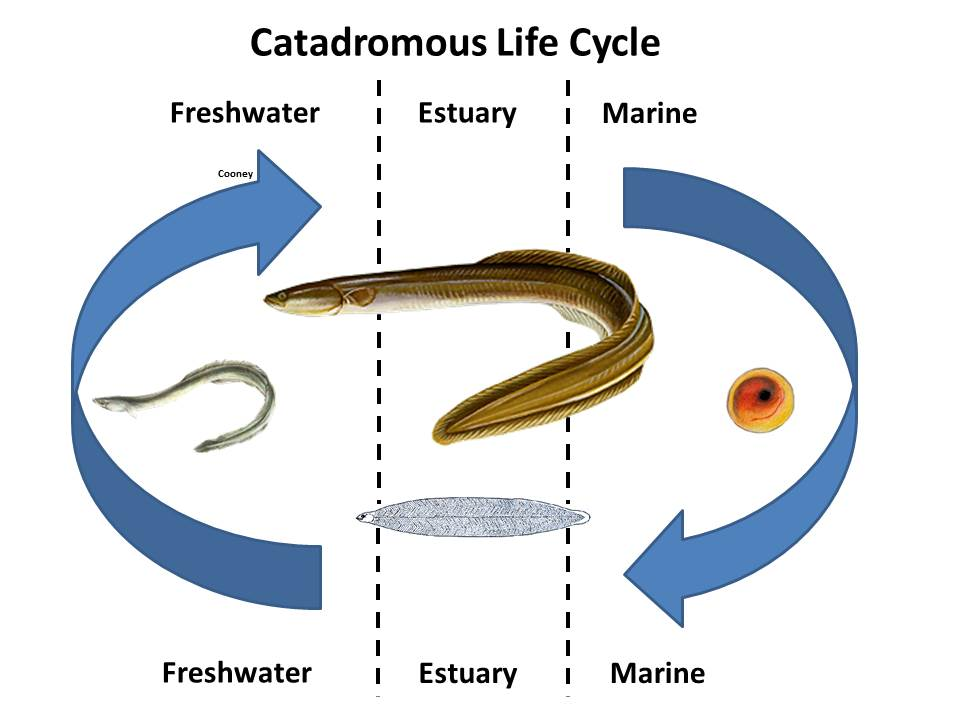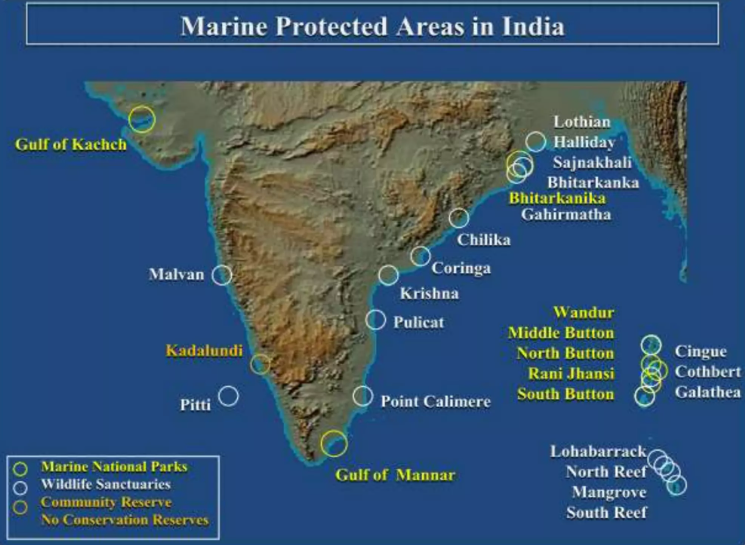Migratory Diadromous Fishes | 03 Jun 2024
Why in News?
A recent study has raised concerns about the effectiveness of Marine Protected Areas (MPAs) in safeguarding the habitats of rare migratory fish species.
- The study found that a significant portion of these protected areas do not align with the core habitats of the target species, raising questions about the efficacy of current conservation efforts.
What are the Findings of the Study about Diadromous Fish Species?
- About Study:
- The study examined 11 rare and data-poor diadromous fish species. These species migrate between saltwater and freshwater environments.
- Findings:
- The researchers found that only 55% of the modelled core habitats for these species overlapped with the designated MPAs.
- And, of these protected areas, only 50% had measures in place for the protection of the fish.
- Less than 30% of endangered species, such as the Mediterranean twaite shad, had their core habitats within the MPAs.
- Species like European eel and European smelt, which had nearly 70% of their core habitats within MPAs.
- The researchers found that only 55% of the modelled core habitats for these species overlapped with the designated MPAs.
- Challenges faced by these fishes:
- Diadromous fish are highly sensitive to a range of anthropogenic pressures such as agricultural and pollutant runoffs, habitat destruction, barriers to migration, fishing, bycatch, and climate change.
- Barriers to migration, such as dams, weirs, and locks, can have a significant impact on these fish as they move between freshwater and marine habitats throughout their life cycle.
- Impact of Climate Change:
- Fish are Swimming Further North in the Ocean because warmer waters are pushing them towards cooler areas.
- Southern Populations of these Fish are Declining Significantly due to factors like habitat loss or changes in food availability.
- The Timing of their Migrations is also Changing, which can harm the survival of their young and make it harder for them to find food.
What are Diadromous fishes?
- About:
- These are a group of fish that migrate between freshwater and saltwater environments throughout their lives.
- This unique life cycle allows them to take advantage of the different resources available in each habitat.
- Types:
- Anadromous Fish: These fish spend most of their lives in the ocean but return to freshwater rivers and streams to spawn (release or deposit eggs).
- Examples: salmon, trout, and shad.
- Anadromous Fish: These fish spend most of their lives in the ocean but return to freshwater rivers and streams to spawn (release or deposit eggs).
- Catadromous Fish: These fish spend most of their lives in freshwater but migrate to the ocean to spawn.
- Example: Eel
Read more: Marine Protected Areas, International Marine Protected Areas Congress
UPSC Civil Services Examination Previous Year Question (PYQ)
Q Recently, our scientists have discovered a new and distinct species of banana plant which attains a height of about 11 meters and has orange coloured fruit pulp. In which part of India has it been discovered? (2016)
(a) Andaman Islands
(b) Anaimalai Forests
(c) Maikala Hills
(d) Tropical rain forests of northeast
Ans: (a)



